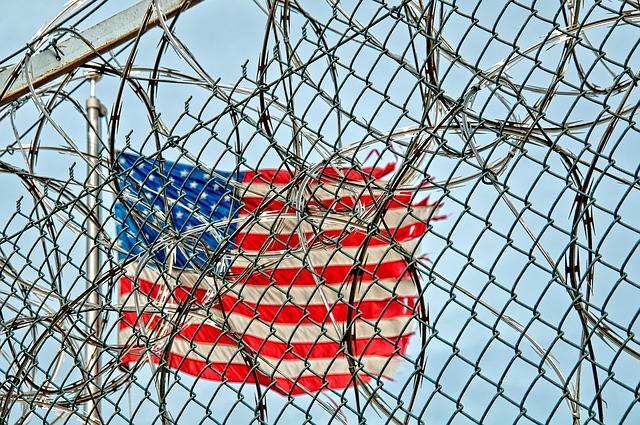
Since the 1970s, America has been waging a “war” on drugs.
Operating under the premise that drug use can be curbed through the application of the criminal justice system, federal and state law enforcement agencies have begun to use more aggressive tactics in pursuing drug users, including surprise raids on homes and businesses, frequent deployment of military-style SWAT units and harsher punishments for drug use and possession.
In theory, this approach is supposed to be far more effective than harm prevention strategies. Aggressive police actions should cut off the supply of harmful drugs, while harsher prison sentencing, known as mandatory minimum sentencing, should serve as a nearly perfect deterrent to drug use.
Reality shows that this isn’t the case, and that all of the approaches above are flawed to some degree. In particular, mandatory minimum sentencing has been shown to be the least effective and most counterproductive of these drug war strategies.
Once a person is found to be guilty of a crime, there is a sentencing hearing, which in some cases can be quite lengthy. In simpler cases, this hearing could occur within a few moments after the verdict has been read. In more complex convictions, it can often occur days after the conviction and involve multiple presentations by the prosecutor, defense attorney and probation board on whether a lenient or harsh sentence is justified.
This is an essential part of our criminal justice system — that we have nuance to go beyond the determination of guilty and innocent when it comes to a crime because codified law cannot capture the exact nature and intent of every criminal offense. A universal sentence for each offense is injustice in and of itself because other factors also play into the gravity of it. Was the person a repeat offender or a first-time offender? What were the motivations? What is the risk of a repeat offense? These are important questions that a judge must consider when considering a sentence.
Despite this, Attorney General Jeff Sessions has signaled his intent to withdraw a memo from Eric Holder, the Obama-era Department of Justice chief, which allows federal judges to use their own discretion when sentencing low-level drug offenders. If this plan goes through, it will force federal judges to follow mandatory minimum sentencing laws enacted in the 1980s, which often feature harsh punishments for low-level drug offenders. This effectively removes the necessary and intricate sentencing procedure in favor of the “quick ‘n dirty” justice approach — default to the harshest sentence and most severe offense possible and make it a hassle for the judges to give a lower sentence, even if it would be more appropriate. It doesn’t matter if the person caught was a low-level dealer barely scraping by, or an addict supplementing his addiction by dealing on the side — they all receive the same sentence.
These sentencing guidelines have resulted in several unusually long prison terms and felony charges for offenders who would normally be charged with misdemeanors or put on probation. Selling marijuana, even a small amount as an informal transaction to a friend, can result in a five-year sentence and a felony charge, which often deters possible employers. Possessing over a certain threshold of hard drugs (which differs depending on the specific drug) is automatically counted as drug trafficking — even for low-level dealers and users with larger stashes. This issue is compounded by police departments using questionable methods and accounting to exaggerate the amount of drugs found, which can even result in users with one to two day doses being classified as “traffickers.”
The results of these sentencing laws are clear — half of the people in federal prison are there for drug offenses, and the number of people in prison has swelled from 25,000 in 1980 to 225,000 as of 2012. Of the individuals in federal prison, 35 percent are first-time offenders. When these offenders do get out, the prospects for them are bleak: unemployed felons have raised the U.S. unemployment rate by 2 percent. With treatment programs scarcely available and a lack of connection to the legitimate economy, it is highly likely that these offenders will return back to their old ways.
Our current drug strategy is inhumane and ineffective. Despite the heavy handed tactics of the criminal justice system, drug use is at an all-time high. We’ve lost the “War on Drugs,” we’re not gaining ground and we’re firing a few shots back while running away from the frontlines.
Portugal faced a similar situation in 2001. After facing a drug epidemic of unseen scale, they undertook a radical approach at the time: full decriminalization of all drugs, mandatory drug treatment for addicts and a clean criminal record for all but the most serious offenders. Along with a robust job training program, Portugal’s drug induced death rate has dropped to record lows, and has the second lowest rate of death from drugs in the EU. The Swiss undertook a similar approach in the ’90s, with similar results.
The data speaks for itself. Instead of getting tougher on drugs, it’s time for America to be smarter about drugs.

